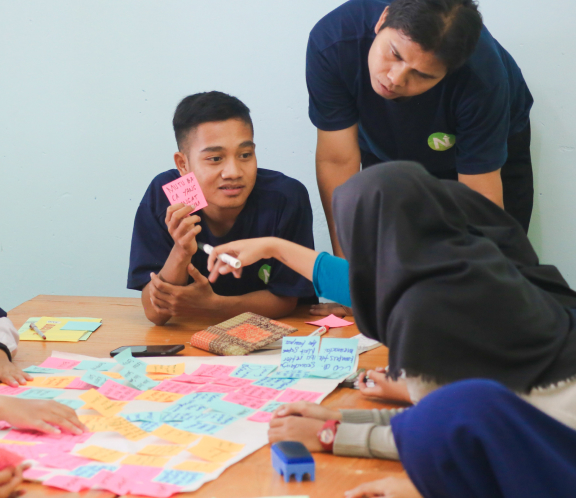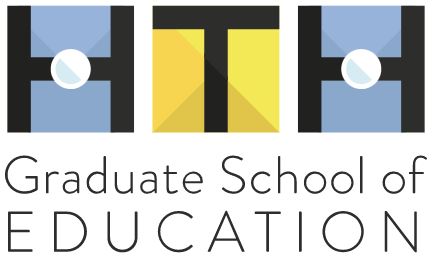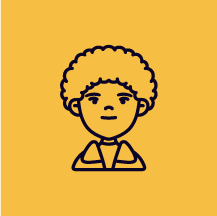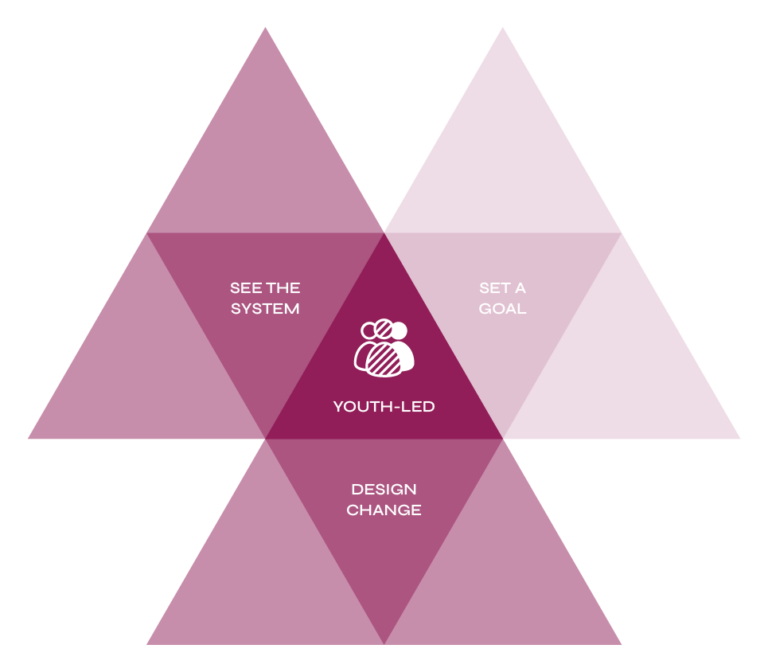How a student directed fellowship increased college access for underrepresented students


Among a network of High Tech high schools, college enrollment for historically marginalized students remained low. A group of students teamed up to tackle the problem together. CARPE Fellows use continuous improvement methods to examine the issues and design real solutions to meet their peers’ needs.









In this case study, improvement efforts to see the system and design change were student-led. Learn more about the student-powered improvement framework here.

The CARPE Student Fellowship is a yearlong experience for high school students from multiple schools and its purpose is to improve college access for their peers. The Fellowship parallels the goals and improvement processes of the existing CARPE College Access network at High Tech High. With support and guidance from an adult in each building, fellows designed and tested change ideas to address the network goal: To increase the number of students who are Black, Latinx, Indigenous or from low-income backgrounds who apply, enroll and ultimately go to colleges they are most likely to graduate from.
The CARPE Fellowship was designed for students to lead sustainable, meaningful, and impactful change in college access. As one advisor said, “If we are trying to improve things related to the system we need to go to people most impacted by the system, which is students.” Based on lessons learned from a previous version of a student network, the Fellowship shifted the work to occur at the school level, rather than the network level. That shift signaled a desire to build capacity and sustainability for youth networks.
Each school had a team of three or four students and one adult advisor. The advisors mostly fulfilled an organizational and logistical role—developing and facilitating network meetings as well as coordinating school efforts. High Tech High provided support and coaching. Students met with advisors for several hours each month to plan the next network convening, and the advisors provided ongoing coaching. Forums were virtual but the yearlong design also included in-person site visits.
In 2020 four high schools from the CARPE College Access Network were accepted into the CARPE Student Fellowship and the network grew to six high schools in 2021. High Tech High Fellowship Leaders looked for schools demonstrating enthusiasm and commitment to student-powered improvement. They realized that in order to effectively shift the narrative, schools and adult advisors would need to show a mindset and cultural readiness to create the conditions for students to feel empowered while also having the power to make decisions.
The nine-month Fellowship schedule alternated between school-based meetings and network-wide meetings and forms. The school-based touch points helped youth maintain their momentum and work on their individual ideas. The network meetings brought Fellows and their advisors together from across participating schools. There were also entire CARPE Network meetings where adult and student teams worked together.
School advisors invited students to participate as CARPE Fellows. The advisors were coached to select students who were eligible for college, but who were not among the top students in the school. Students spoke to their surprise at being selected for the fellowship. A number of participants reported disregarding the first invitation to participate, not understanding what it was or why it was important. Students also noted that a second, personal invitation from the advisor or a connected staff member was the reason they decided to join the fellowship.
The Fellowship started with a focus on team building, understanding the network aim, identifying core values, and sharing experiences through empathy interviews. During the following forums they dug into the improvement process. First, they developed a contextual problem statement connected to the aim. Then they brainstormed root causes related to the problem (interrelation diagram), used tools to prioritize changes ideas (impact vs effort graph), and finally decided on a change idea. Teams filled out action plans that included what, who, when, and how columns as well as an extensive Plan-Do-Study-Act (PDSA) process related to their change idea.
Each team was responsible for filling out their PDSA’s: implementing their changes, collecting data on the impact of their change, and determining what they learned from their change. In 2021-22 teams engaged in several PDSA iterations. Many of these changes had a noticeable impact and there are plans to adopt or adapt these initiatives into future school efforts to increase college access and matriculation. In fact, several of the graduating seniors expressed an interest in returning to support the work the following year.
As an example of what this process looked like, students at one school decided to invite recently graduated alumni to share their experiences during the first year of college with current seniors. However, due to COVID and hesitant leadership the plan was rejected. The CARPE Fellows adapted their plan and ended up recording interviews with alumni focussed on, “Why college?” and, “Paying for college.” The videos were shared during advisory and the fellows documented a positive impact on their understanding of the college application process after the videos. Their second change idea used social media to increase awareness and connection to college access and enrollment.
Both the students and advisors identified the broad impact of their changes. One adult advisor explained, “I think that through their ideas and the development of those ideas, we have reached more students than we would have without them…it’s different hearing it from kids rather than adults.” Another advisor expressed, “A lot of the time we deal with the symptoms that we see but it’s always surface level, so by having the students as part of this work you can get to the roots of the problems. It may not be perfect but we are on our way to getting to the roots of the problems.”
Through a variety of meaningful, authentic, and complex experiences, the fellows, advisors, and High Tech High leaders co-created spaces of truth, care, and hope. These three qualities were built over time through team building activities, ideating and actualizing changes to improve college access, and then collectively learning from successes and failures.
CARPE fellows reported feeling empowered through this work. One student confirmed, “The experience has changed so many things for me…I’ve gained a lot more confidence sharing what’s on my mind. I used to think it wasn’t my place to share what’s on my mind…but through CARPE it helped me branch out and say what’s on my mind and create the change I want to create.”
Students were clear on the impact of the fellowship on their personal development. Paralleling much of what the adults do in the CARPE Network, students were given the opportunity to develop a variety of skills including conducting empathy interviews, developing a team vision and core values, generating and prioritizing change ideas, data collection and analysis, and developing and implementing change ideas.
Students were also asked to critically engage with school proposals and present their findings. One fellow mentioned how it created the conditions for him to assume a leadership role, “I wasn’t that type of person to be a leader. But when we were together and we needed to share I would take on that role.” Through protocols, agendas, and processes, the CARPE Fellowship created conditions that allowed students to assume leadership roles and take ownership of school change.
Adults involved in the CARPE Fellowship, both at the Hub level (High Tech High) and the advisory level, developed a deep understanding and commitment to stepping back and deferring to students. One advisor described it as, “An iterative approach that is guided by authentic student involvement, participation, leadership, and facilitation. They aren’t just involved, they are it.” Another advisor noted how adults need to open up and trust students, especially when one considers that what adults want and what students want is often very similar, “Trust them. When you understand their why you realize it’s the same why.” And, “Trusting students that they have a why you should listen to.”